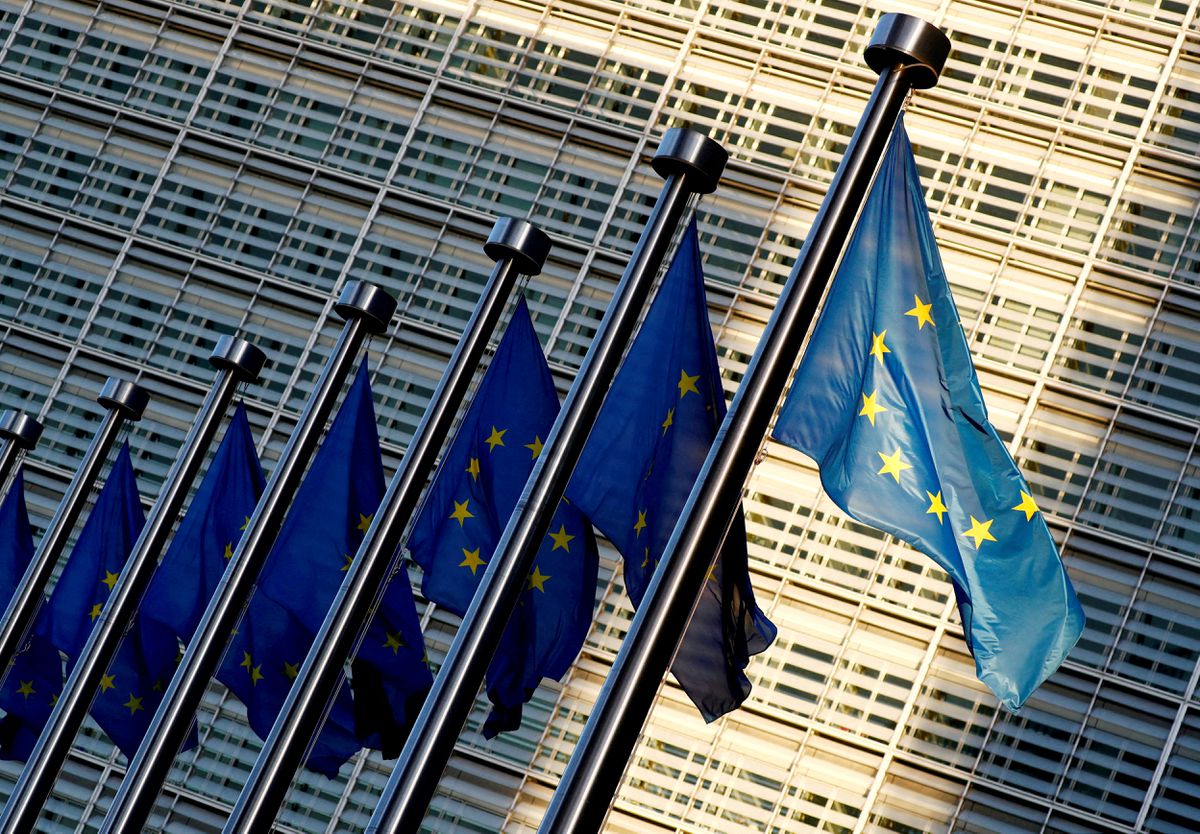By Andreas Charalambous and Omiros Pissarides
The EU has evolved relatively slowly and gradually over time, from a trade agreement between a small number of states in the 1950s, to a single market in the 1980s, and to an economic and monetary union in the 1990s. Many analysts believe that the sustainability of this ambitious undertaking depends on further bold steps, aiming at the EU assuming a more active role in key areas, such as technology, energy, social cohesion and security.
The promotion of Recovery and Resilience Plans (RRPs) to deal with the adverse effects of the 2020 pandemic, and their financing through the establishment of a special dedicated fund, was generally viewed as a leap in the direction of further economic and political integration.
At present, a series of evaluations of the implementation of the RRPs by the European Commission and various research centres is underway. Independent scientific evaluations constitute a common and optimal practice in the EU, and one that is recommended to be adopted in Cyprus as well.
The main objectives of the RRPs, covering the period 2022-2026, are to facilitate the promotion of strategic investments and reforms, with emphasis on the digital and green transition and social cohesion.
Due to the extraordinary situation created by the pandemic, the implementation of the Stability and Growth Pact, which imposes strict budgetary restrictions on member states, was temporarily suspended. The disbursement of community funds was linked exclusively to the implementation of the RRPs and not, as hitherto the norm, to the achievement of predefined budgetary targets.
The assessments of the RRPs reveals that there is satisfactory progress in the absorption of the funds (€200 billion already having been disbursed) and the promotion of reforms, with some delays, compared to the agreed timetables.
More generally, the successful implementation of the RRPs is reflected in the macroeconomic performance: the EU overcame the recession created by the pandemic relatively quickly, while, notably, the less-developed countries of the South benefited to a greater extent.
Weaknesses were identified, mainly, in administrative matters of the member states, as well as in the excessive bureaucracy and the complicated procedures for the approval of the Plans by EU institutions.
Although it is too early to draw firm conclusions about long-term benefits, the relatively successful implementation of the RRPs in the short term raises the issue of policy design, after the expiration of the Plans in 2026. Despite the comparatively swift exit from the crisis, the EU faces very significant challenges, including sluggish economic growth, serious lags in the crucial fields of technology and green transition, and pressing social issues, including immigration, which, if not effectively addressed, may take on fiery socio-economic dimensions.
High investment requirements and new strategic priorities, e.g. on issues of security and integration of new countries into the EU, necessitate the implementation of far-reaching reforms, which include the creation of a new European fiscal tool to support member countries and arrangements for institutionalizing common European borrowing.
Andreas Charalambous and Omiros Pissarides are economists.








Click here to change your cookie preferences